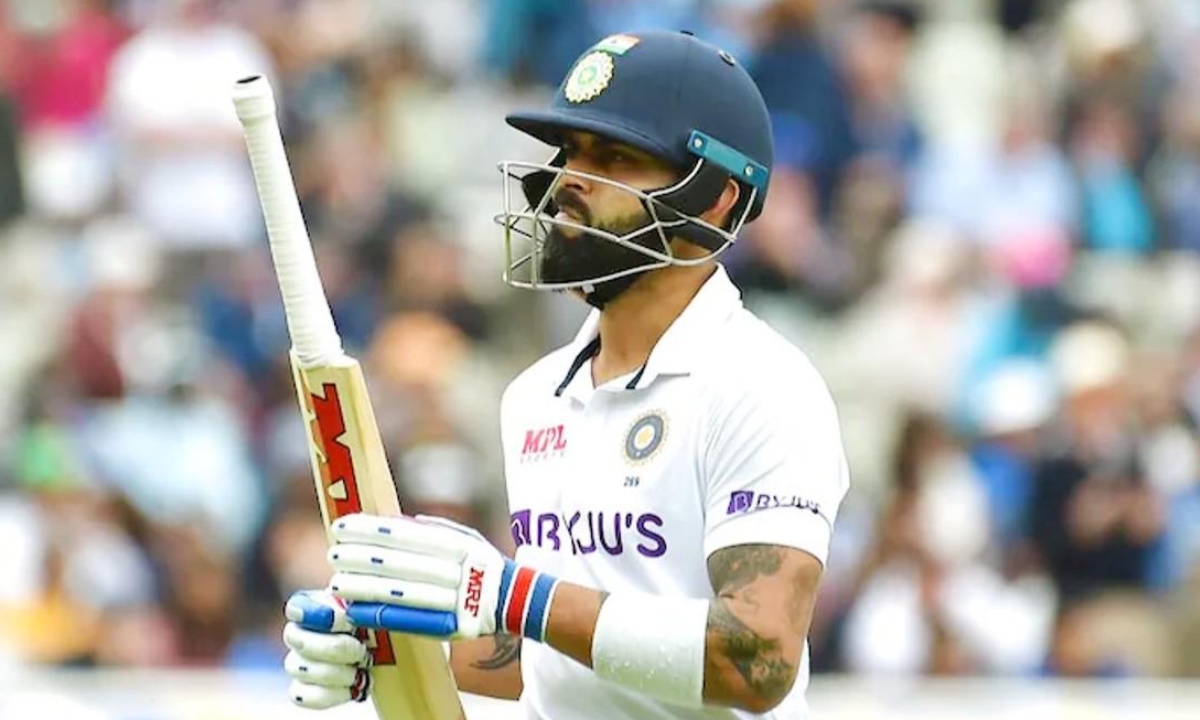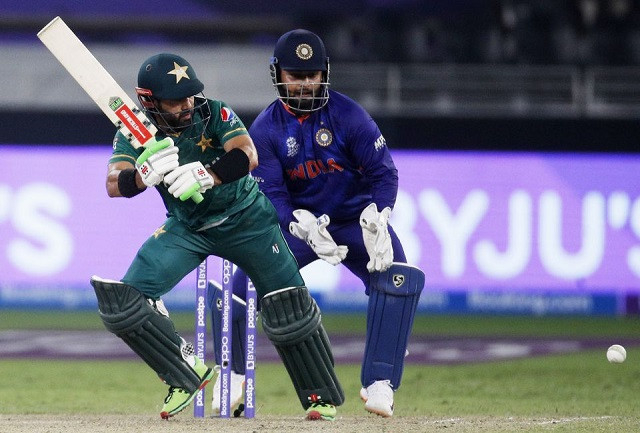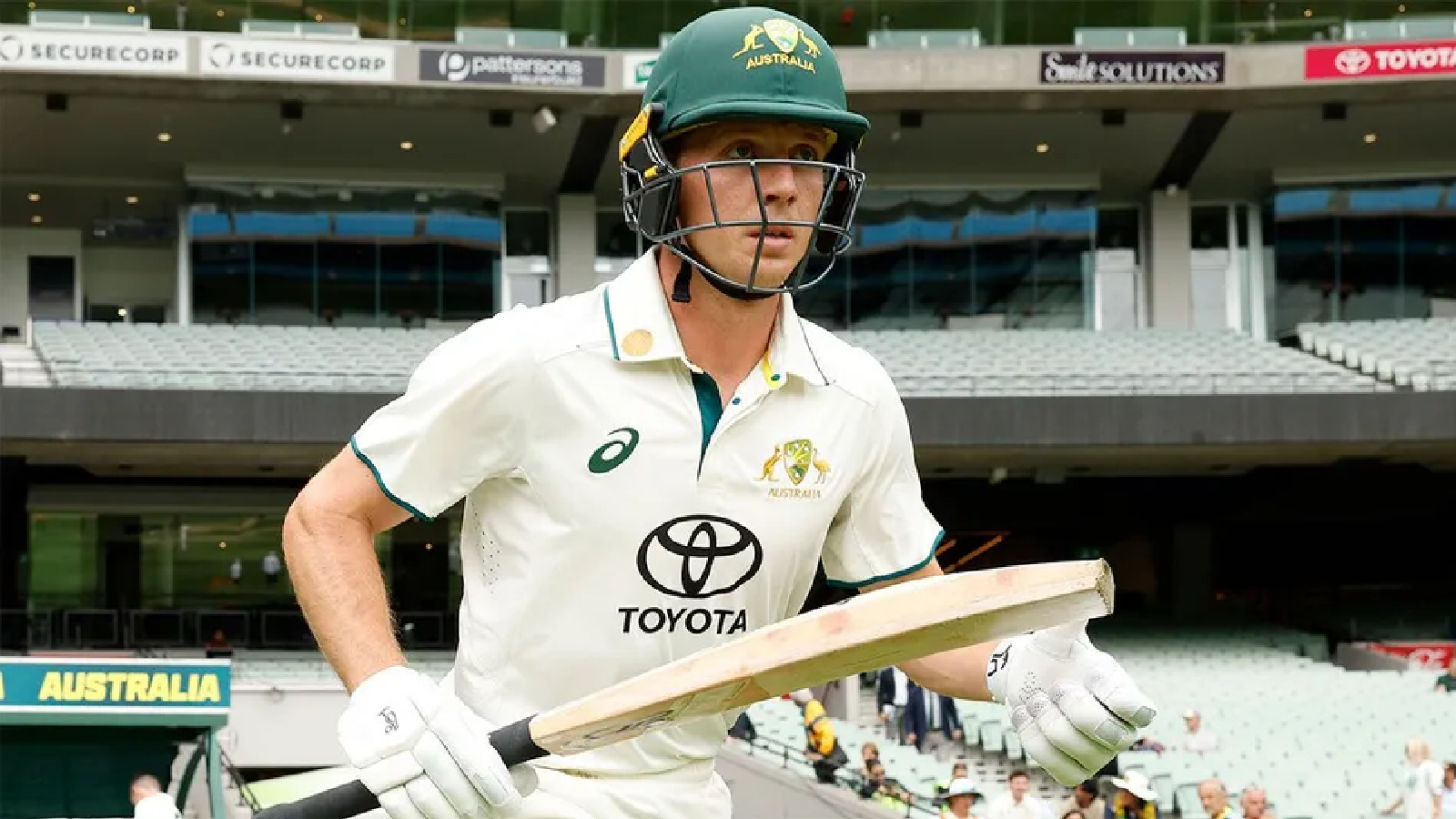Virat Kohli's Test Form And Average Slips

Virat Kohli, often hailed as one of cricket’s modern-day greats, has seen his Test batting average dip to 48.73, the lowest it’s been since 2016. This statistic, while still impressive by any standard, has sparked discussions among cricket analysts and fans alike about Kohli’s form, the pressures of modern cricket, and what this might signify for his illustrious career.Kohli’s journey in Test cricket has been nothing short of phenomenal. Known for his aggressive yet technically sound batting, he has set numerous records, including being one of the fastest to reach 8,000 runs in Test cricket. However, the recent dip in his average, especially in the context of his career, invites a closer look at several factors:The Pressure of Expectations: Virat Kohli has always played under the spotlight, with expectations soaring high due to his past performances. The pressure to maintain an average over 50, especially in Tests, where consistency is key, might weigh heavily. This pressure isn’t just from fans but also from within, where Kohli’s own standards are set exceptionally high.Evolution of Bowling Attacks: Cricket has seen an evolution in bowling strategies and techniques. With more teams focusing on reverse swing, varied pace, and aggressive short-pitched bowling, even the best batsmen face challenges. Kohli’s struggles against such tactics might reflect in his average.Personal Form and Technique: Kohli’s technique, while robust, has occasionally been questioned, especially against certain bowling types. His approach against the moving ball outside off stump or the short ball has seen variations, which might contribute to this dip.Mental Fatigue: Leading the Indian cricket team for an extended period, Kohli has been at the helm during both triumphs and turmoils. The mental toll of leadership, coupled with the physical demands of playing across formats, could impact performance.The Role of Conditions: Kohli’s average in different countries varies. While he’s been phenomenal in India, conditions abroad, especially in South Africa or England, have posed challenges. His recent performances in these conditions might be skewing his overall average.The discussion around Kohli’s average isn’t just about numbers; it’s about the narrative of cricket’s evolution. Kohli’s era has seen cricket become more dynamic, with players expected to excel across formats. His dip in average might also be a reflection of cricket’s changing dynamics, where the balance between aggression and caution in batting has shifted.For Virat Kohli, this could be a moment of introspection. Cricket history is filled with instances where greats like Sachin Tendulkar, Ricky Ponting, or even Brian Lara faced dips in form. What often followed was a resurgence, with tweaks in technique or approach. Kohli’s response to this dip will be watched keenly, not just for his personal comeback but for what it teaches about resilience in cricket.The cricketing community, while acknowledging this dip, remains largely supportive. Kohli’s legacy isn’t defined by a single statistic but by his overall contribution to the game. His drive, passion, and commitment to fitness and technique improvement are qualities that have inspired a generation of cricketers.Virat Kohli’s Test average dipping to 48.73 since 2016 might concern some, it also humanizes him in the eyes of fans. It’s a reminder that even the best face challenges, and how they overcome them often adds to their legend. For Kohli, this could be another chapter in his storied career, where the comeback might just be as memorable as his peak.













